This interesting and engaging Waltz was composed by Robin Dransfield. It is named after a 12 foot high, seven ton, iron lighthouse that in 1821 was placed off the coast of County Cork, Ireland, at Rosses Point in Sligo Harbor. This area is known for its treacherous waters, and in 1985 just north of Rosses Point, at Streedagh Strand, marine archaeologists uncovered wrecked ships from the Spanish Armada, storm-driven onto the coast in September 1588. Pictured at left, and painted like a chubby Royal Navy Petty Officer, the Metal Man points to safe deeper water. The white light in front of the Metal Man flashes every four seconds.
Jack B. Yeats, the brother of W.B. Yeats, painted “Memory Harbor” (right) which depicts the harbor with the Metal Man just left of top -center. Of the painting W. B. Yeats wrote “Memory Harbour is the village of Rosses Point but with distances shortened and the houses run together as in an old-fashioned panoramic map. The man on the pedestal in the middle of the river is The Metal Man, and he points to where the water is deep enough for ships. The coffin, cross-bones and skull, and boat at the point of the head-land, are to remind one of the sailor who was buried there by a ship’s crew in a hurry not to miss the tide. As they were not sure if he was really dead they buried him with a loaf, as the story runs.” Writing of the Metal Man a bit later, W. B. Yeats wrote “I recognize in the blue-coated man with the mass of white shirt the pilot I went fishing with, and I am full of disquiet and of excitement, and I am melancholy because I have not made more and better verses. I have walked on Sinbad’s yellow shore and never shall an-other’s hit my fancy.” Not to detract from this warm sentiment, it has also been said that the Metal Man is the only man in all of Rosses Point to never have told a lie.
Robin and Barry Dransfield were important figures in the new generation of creative folk musicians back in the 70s in London. Robin, the more reclusive and perhaps slightly more talented, seemed to shy away from the lime-light. Their last collaboration is the aptly named Popular To Contrary Belief (1977) — which has one of my favorite versions of “Peggy Gordon” among other tracks. Barry Dransfield has continued to perform and record, and has come out with a successive series of very wonderful recordings which I have greatly enjoyed. The voices of the Dransfields are unmistakable, and each offers a distinctive take on traditional music.
The waltz “Metal Man” has been recorded by Scartaglen, and a couple of other bands.
For the ABC click Metal Man
Metal Man, slow tempo (mandolin, EE)
Metal Man, med tempo (mandolin, EE)
Metal Man, the dots (w/ chords)
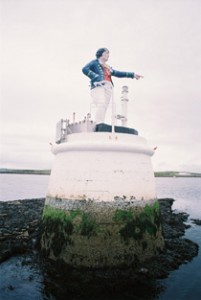
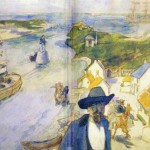
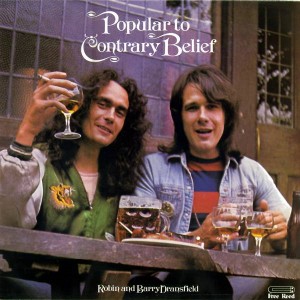
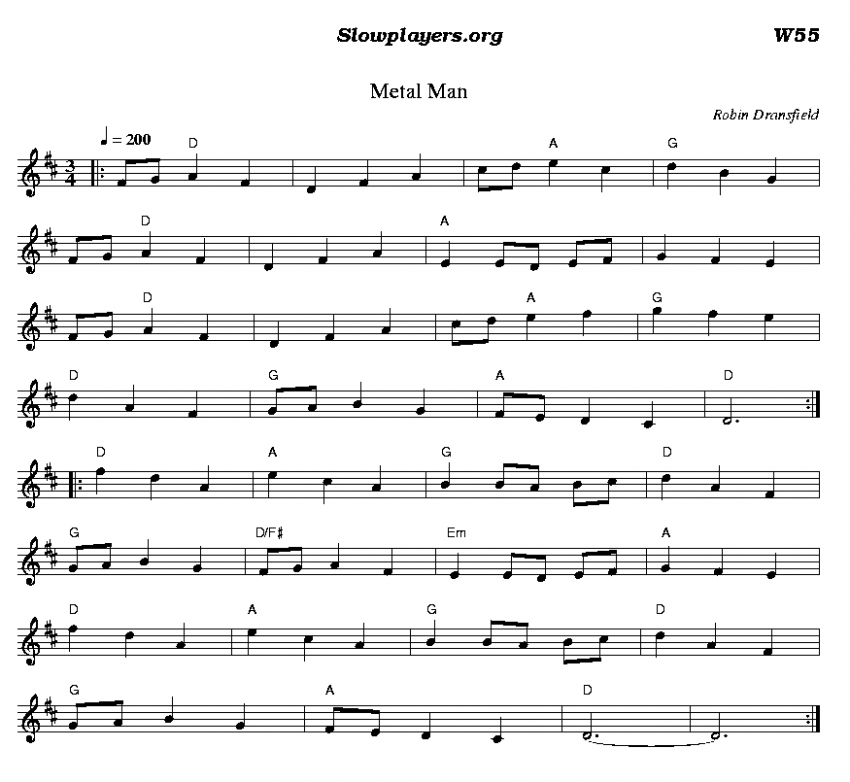
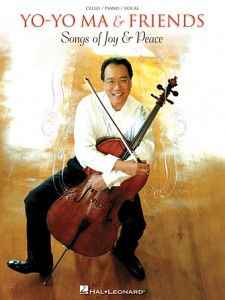
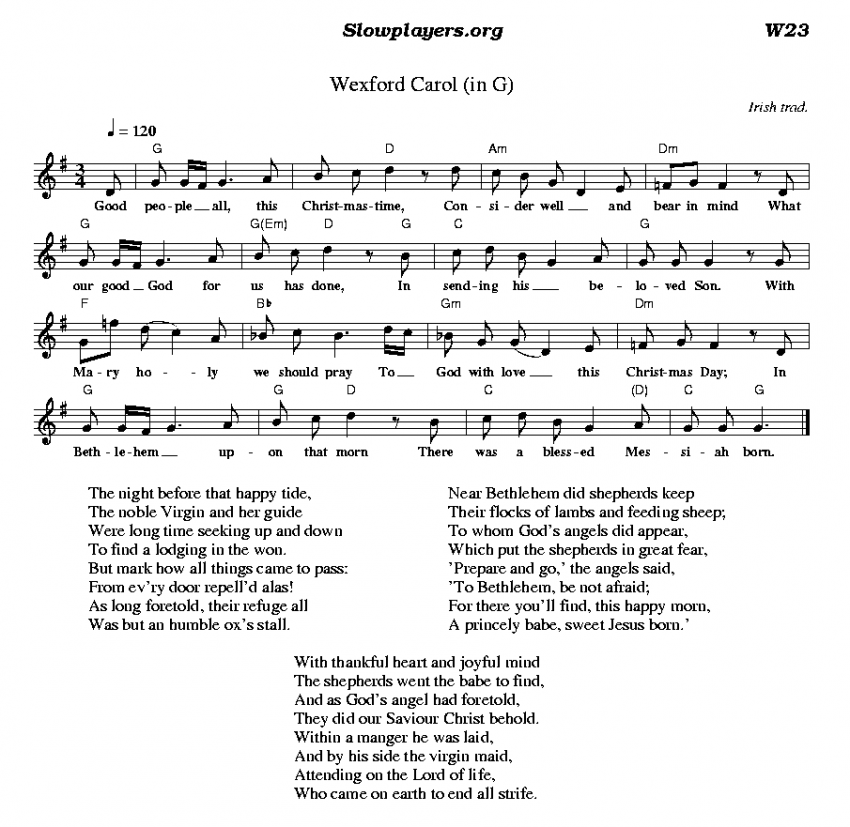
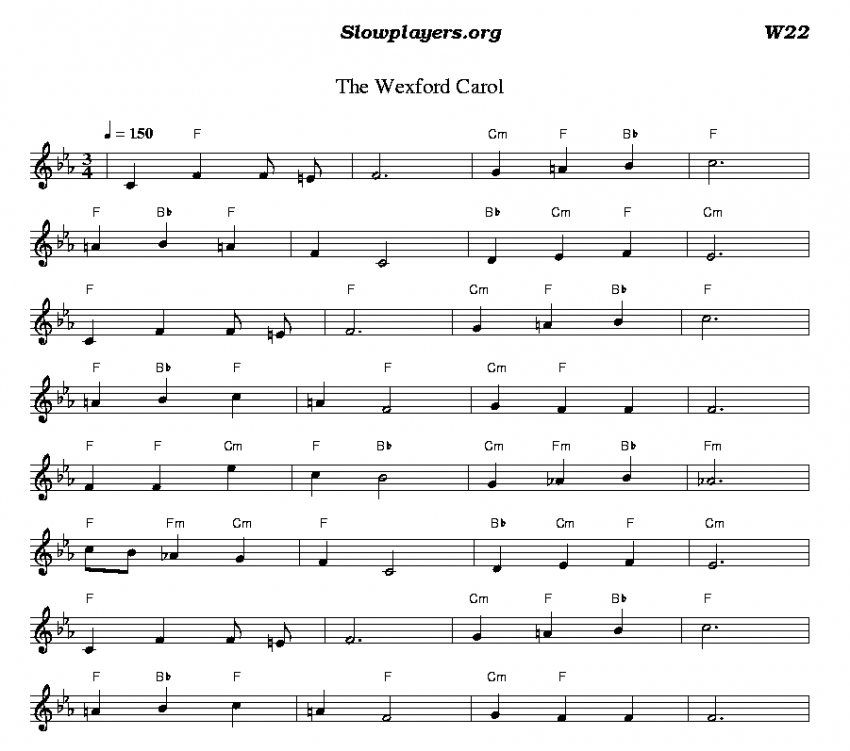
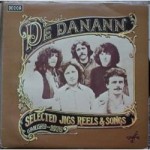
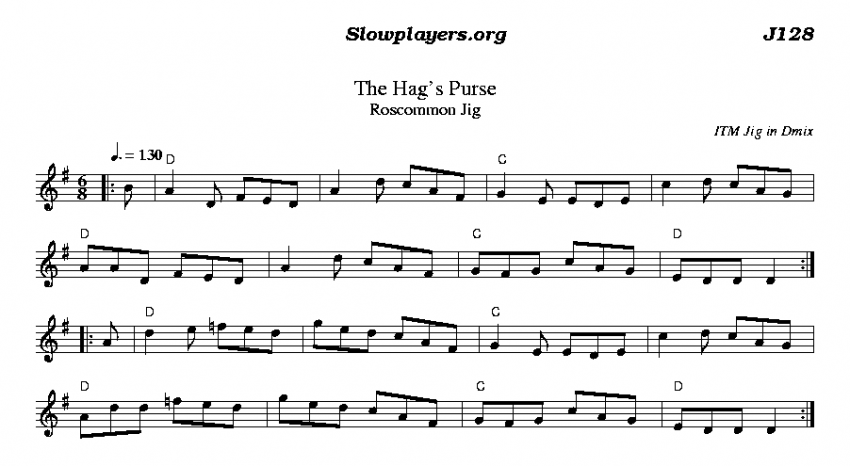
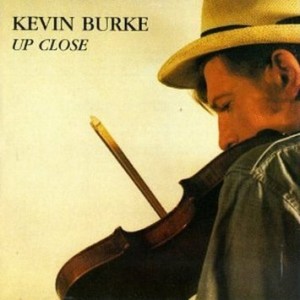
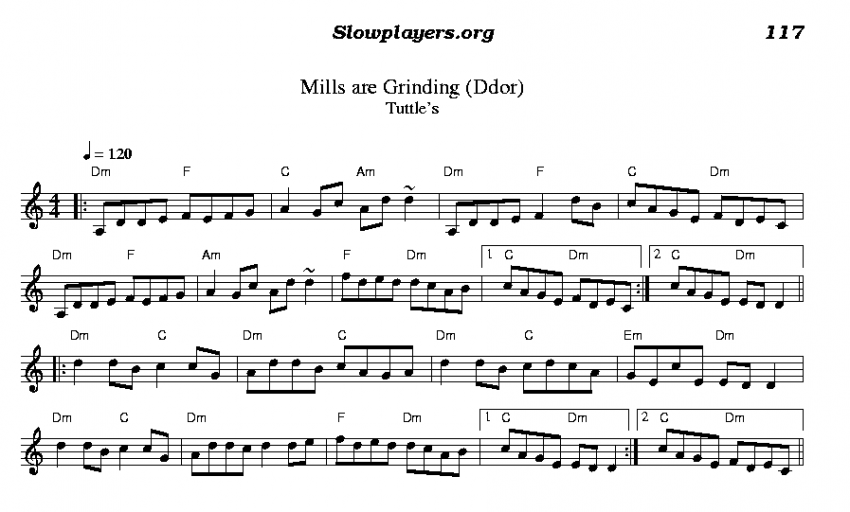

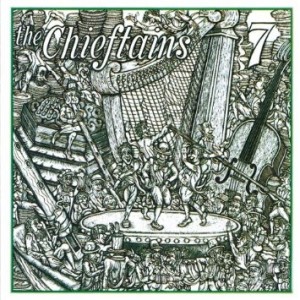
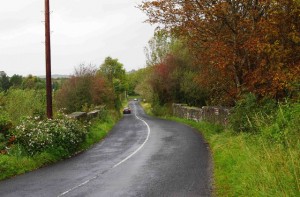
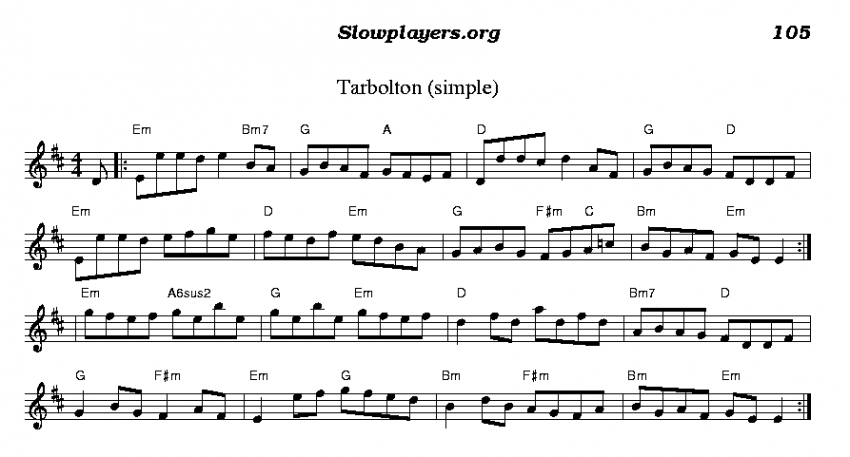
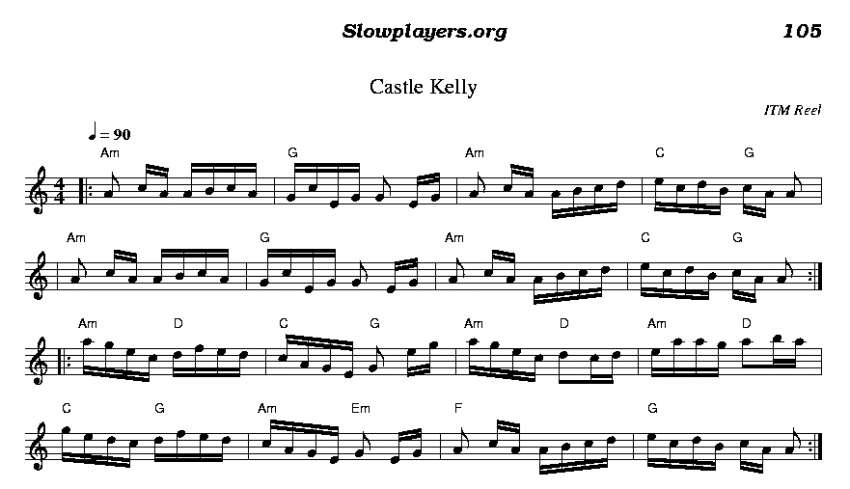
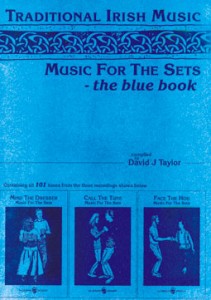
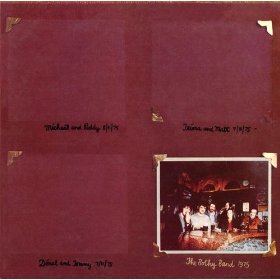
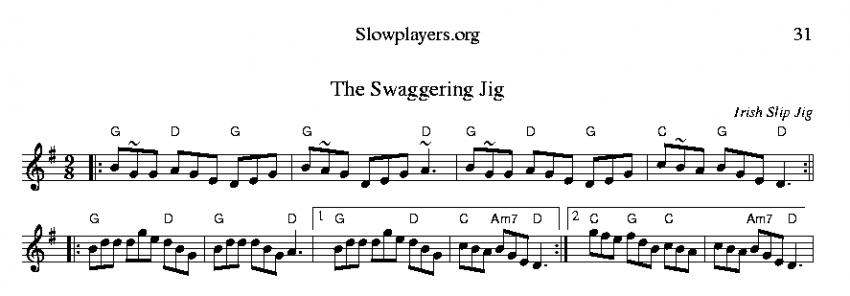
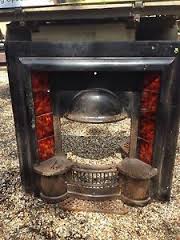
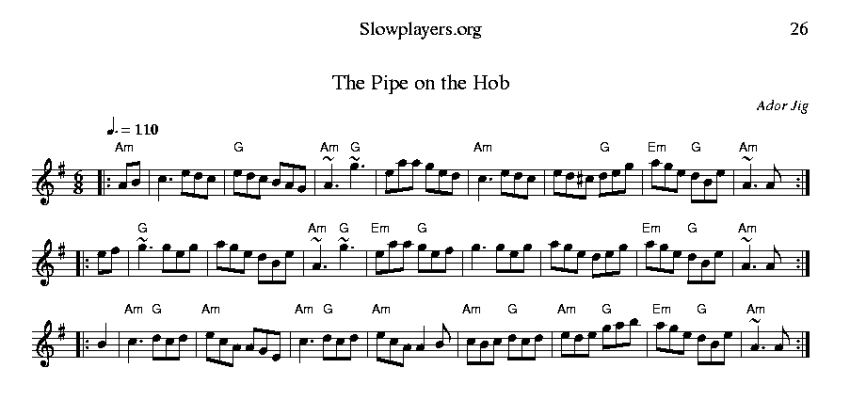

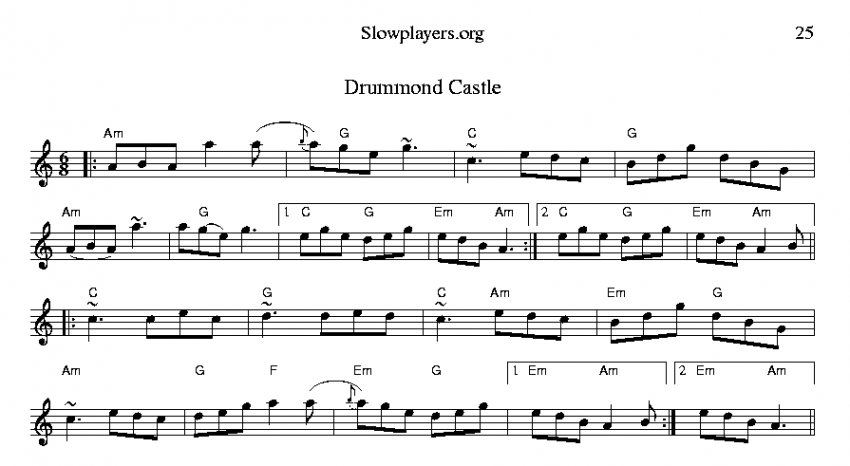
Paddy Clancy’s (D)
Another tune with several disparate names. This jig was recorded, to name a few, by Michael Coleman (1891-1945) in 1928 under this title, by John McKenna (1880-1947) in 1928 with the title “Clancy’s Dream,” by Bobby Casey in 1959 under this title, and by the Bothy Band in the 1970s under this title. In fact, the Bothy Band’s recording of the set “Tar Road to Sligo / Paddy Clancy’s” has resulted in this becoming a common session set.
Irish Folk Music: A Fascinating Hobby (1910)
It is unclear just who the “Paddy Clancy” in the title was. Some think it was Francis O’Neill’s friend Patrick Clancy of New York. He had a popular orchestra, according to O’Neill, and was perhaps the best Irish fiddler in New York at the time. O’Neill goes on to say that he was highly professional, fulfilling engagements from start to finish to the minute. Then he would head to a pub and play for free for until early morning.
Though the tune, or very near versions of it, still go by “Sweet Biddy Daly” — the title in O’Neill’s 1850 (1903) — or “An Irishman’s Heart to the Ladies” the differences are often so slight as to be unnoticeable in a session. Given that it’s No. 57 in the 1883 publication of Ryan’s Mammoth Collection, No. 13 in Perlman’s 1996 publication of The Fiddle Music of Prince Edward Island, and is still going strong in sessions all over the world, the tune obviously has some incredible staying power.
For the ABC click Paddy Clancy’s Jig
Paddy Clancy’s, slow tempo
Paddy Clancy’s, med tempo
Paddy Clancy’s, the dots
Paddy Clancy’s, Jig in D